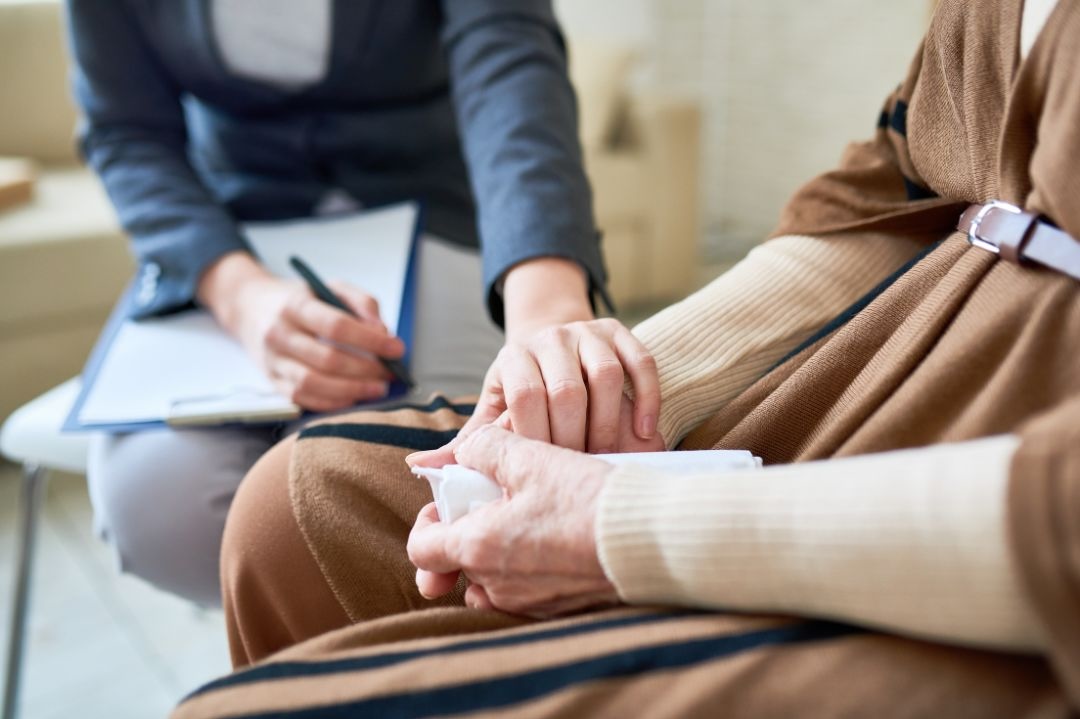What is Rectal Prolapse?
Rectal prolapse is when part of your rectum (back passage), or the lining of your rectum, protrudes through your anus. The rectum is the last 20 cm or so of the large bowel and is the temporary storage area for bowel motions.
Types of rectal prolapse
There are three main types of rectal prolapse.
- Full-thickness rectal prolapse is when part of the wall of your rectum protrudes through your anus.
- Mucosal prolapse is when the lining of your rectum protrudes through your anus.
- Internal intussusception rectal prolapse is when your rectum folds in on itself but doesn’t protrude through your anus.
Rectal prolapse mainly affects women – it is most common in women aged over 50, however, it can happen at any age. It can also affect men and young children under three.
Symptoms of rectal prolapse
You may first notice the protrusion when you’re having a bowel movement, but it can also happen when you cough or sneeze, lifting or even when you’re doing everyday activities, such as walking or standing up.
The symptoms of rectal prolapse can be similar to those of haemorrhoids. The most obvious being a lump or swelling coming out of your anus, but you may also experience:
- Pain during bowel movements.
- Mucus or blood discharge from the protruding tissue. Faecal incontinence.
- Constipation.
- Awareness of something protruding upon wiping
Initially you may only have a protrusion when you have a bowel movement which retracts or reduces spontaneously afterwards. However, as the condition develops it may also happen when you cough or stand up. Eventually, the protruding rectum may need to be manually replaced by a finger or it may continually protrude.
If you have internal intussusception rectal prolapse, there may be no lump or swelling coming through your anus. However, you may feel as though something is still in your rectum after you empty your bowels.
Causes of rectal prolapse
It’s not fully understood why rectal prolapse develops. It’s often associated with weakened pelvic floor muscles which are a group of muscles that form a supporting sling between your pubic bone and the base of your spine, and certain conditions that put extra pressure on your abdomen, such as:
- Pregnancy
- Menopausal changes
- Weakened pelvic floor muscles
- Constipation and/or straining when you have a bowel movement
- Diarrhoea
Conditions that cause you to cough a lot, such as cystic fibrosis, chronic obstructive pulmonary disease (COPD) or whooping cough, asthma cough or smokers cough. Rectal prolapse is also occasionally related to neurological conditions, including: multiple sclerosis (MS), lumbar disc disease, an injury to your lower back or pelvis, spinal tumours.
In older women, rectal prolapse can occur at the same time as a prolapsed womb or bladder. This is thought to be due to a general weakness in your pelvic floor muscles, which may be related to previous pregnancy and childbirth. For more information on the pelvic floor muscles please read our Pelvic Floor Muscle Exercises fact sheet, available on our website and from our office.
Diagnosis of rectal prolapse
Your GP will ask about your symptoms and may examine you by inserting a gloved finger inside your rectum. Your GP may be able to diagnose a rectal prolapse following his examination. They may then consider referring you to a Colo-rectal Surgeon, who specialises in conditions that affect the bowel for further tests.
These tests may include:
- Evacuation proctography –this is a type of X-ray or scan that shows your rectum and anal canal when you’re having a bowel movement.
- Sigmoidoscopy – this uses a thin tube with a light and camera at the end to allow a doctor to look at the inside of your rectum and lower part of your bowel.
- Colonoscopy – this uses a narrow, flexible, tube-like telescopic camera called a colonoscope to allow a doctor to look higher inside your large bowel.
- Endoanal ultrasound– this uses a thin ultrasound probe to look at the muscles used for bowel control.
- Transit study – a test to determine whether or not movement through the bowel is normal or slow in cases where there is a history of constipation.
- Ano-rectal physiology – These tests are designed to measure the strength of the muscles around your anus and rectum and the sensation inside your anus and rectum.
You may also need to have other tests to rule out any underlying conditions that may be causing your rectum to prolapse.









